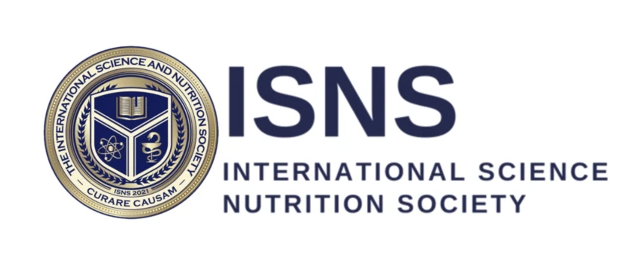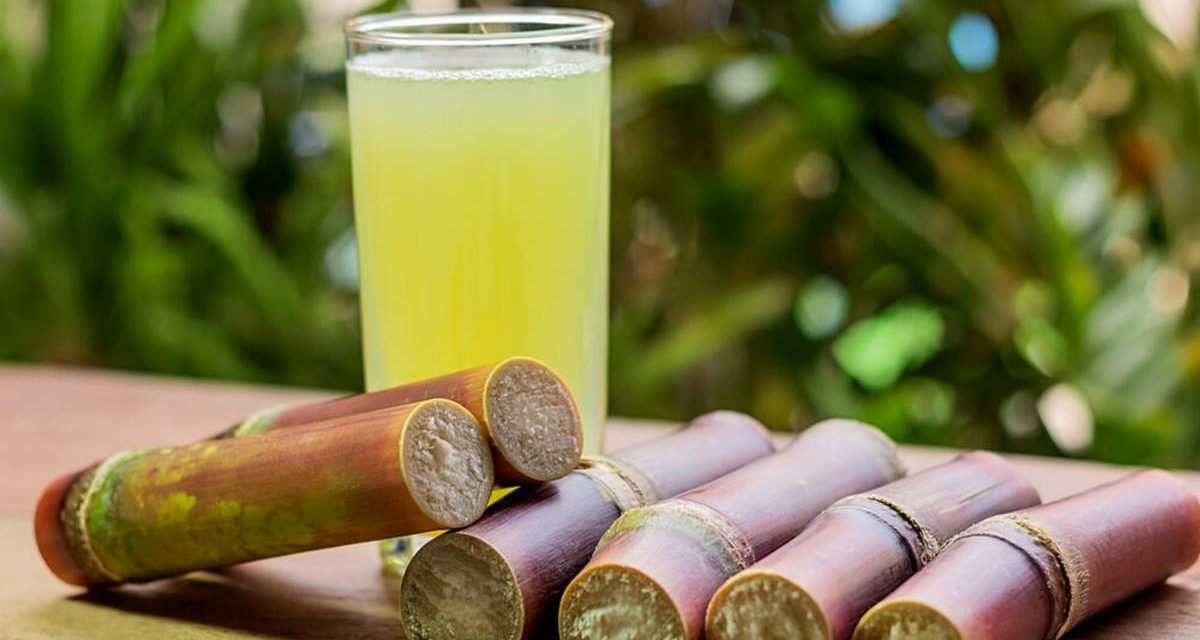All You Want to Know About Sugarcane Juice Femina
Sugarcane juice is an incredibly beneficial juice loaded with benefits. When extracted, the juice contains very important minerals including copper, magnesium, zinc, calcium, manganese, potassium, iron; and the vitamins A, B1, B2, B3, and C. It is highly recommended for diabetics because of the low glycemic index, sugarcane juice does not alter the blood glucose levels of diabetics significantly. The main benefits of drinking sugarcane juice: can keep the skin glowing and moisturized; prevent DNA damage and strengthen body organs, treat sore throats and heal wounds; boost the immune system; combat cancer; control bad breath; minimize ovulating issues. There are a few side effects of too much sugarcane juice such as developing an upset stomach, insomnia, dizziness, headaches, and weight loss; and it can also affect cholesterol levels in the blood and cause blood thinning.
https://www.femina.in/wellness/health/all-you-want-to-know-about-sugarcane juice-140191.html
7 Amazing Benefits of Sugarcane Juice- A Sweet Deal to Good Health
According to traditional Indian medicine, cane juice is a great source of vital nutrients for the body that can boost the immune system, strengthen the bone, enhance digestion, and relieve stress. The top health benefits of sugar cane juice: instantly boosts energy levels; combats cavities and bad breath; prevents urinary track infections and averts kidney stones; remedy for jaundice; improves digestion; fights acne and delays aging; cures Febrile Disorder; and heals wounds.
Effect of a beverage fortified with evaporated sugarcane juice on hemoglobin levels in preschool children
Francisco P Arcanjo, Vicente P Pinto, Maria R Arcanjo, Márcia R Amici, and Olga M Amâncio
Researchers investigated the effect of drinking a beverage mixed with a high-iron sweetener, evaporated cane juice, on hemoglobin levels in preschool children. It was then compared with the effect of drinking the same beverage sweetened with processed sugar. The trail continued for 12 weeks among children aged 2-3 years old in two groups consuming different amounts of the solutes. The results of the trials determined, from the group drinking the evaporated cane juice mixed beverage, that there was a statistical increase in hemoglobin, thereby reducing iron deficiency anemia in preschool children.
Physicochemical and sensory (aroma and colour) characterisation of a non-centrifugal cane sugar (“panela”) beverage
Juliana María García, Paulo César Narváez, Francisco José Heredia, Álvaro Orjuela, and Coralia Osorio
Formed by boil evaporation of the sugar cane juice is “panela”, a highly carbohydrate content food also known as non-centrifugal cane sugar. A study was done to examine the sensory characteristics and physicochemical properties of panela beverage at two different concentrations. The results of the experiment, according to the Aroma Extract Dilution Analysis, demonstrated the presence of six odor-active compounds being 2-methyl pyrazine the dominate aroma compound of this beverage; however, the Principal Component Analysis showed no significant differences in the aroma and physicochemical properties.
Phytochemical profile of sugarcane and its potential health aspects
Amandeep Singh, Uma Ranjan Lal, Hayat Muhammad Mukhtar, Prabh Simran Singh, Gagan Shah, and Ravi Kumar Dhawan
Sugarcane, found in tropical South Asia and Southeast Asia, is a popular raw material commonly used for the production of raw sugar and a potential substitute for the expensive carnauba wax. In India, This juice is most often used to treat jaundice, dysuria, hemorrhage, anuria, and other urinary diseases. Also, the juice can be used as an aphrodisiac, laxative, demulcent, cooling, antiseptic, and tonic. The presence of a variety of fatty acid, alcohol, higher
terpenoids, phytosterols, flavonoids, phenolic acids, and glycosides was revealed through the phytochemistry of sugarcane juice, leaves, wax and its products. These products such as brown sugar, molasses, and jaggery were found to have the richest source of phenolic compounds. Further research is needed to understand the phtyopharmacological studies.
Sugar cane stillage: a potential source of natural antioxidants
Emma Caderby , Stéphanie Baumberger, William Hoareau, Claire Fargues, Martine Decloux, and Marie-Noëlle Maillard
The main manufactured products of sugarcane like juice, syrup, molasses have revealed to have antioxidant activities and are found to be rich in phenolic compounds. A study examined the global antioxidant activity of sugar acne stillage and to understand its identity. Chromatographic fractionation, according to the nature of the sugarcane stillage, was responsible for 58 to 66% of the global antioxidant activity, and a phenolic cofounds-rich fraction for 37 to 59% of the activity. A good connections was made between the sugarcane stillage antioxidant activity and its content in total reducing compounds amount.

